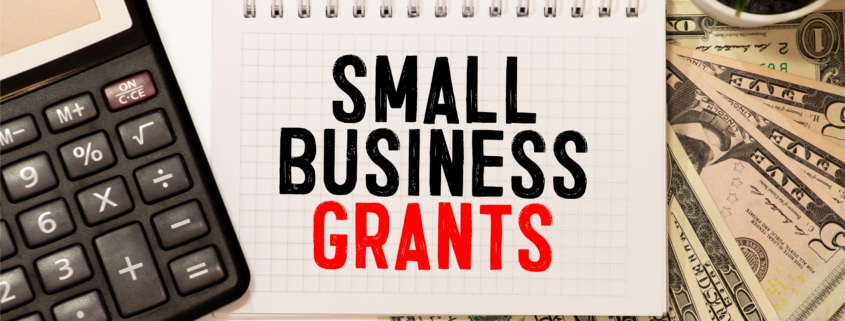Financing
Small businesses had a moderate bounce back this year as interest rates and inflation somewhat stabilized in the 3rd and 4th quarters, but 2024 is still expected to be a tough year. The good news is that a plethora of public and private grants are or will be available this year. That means small businesses […]








